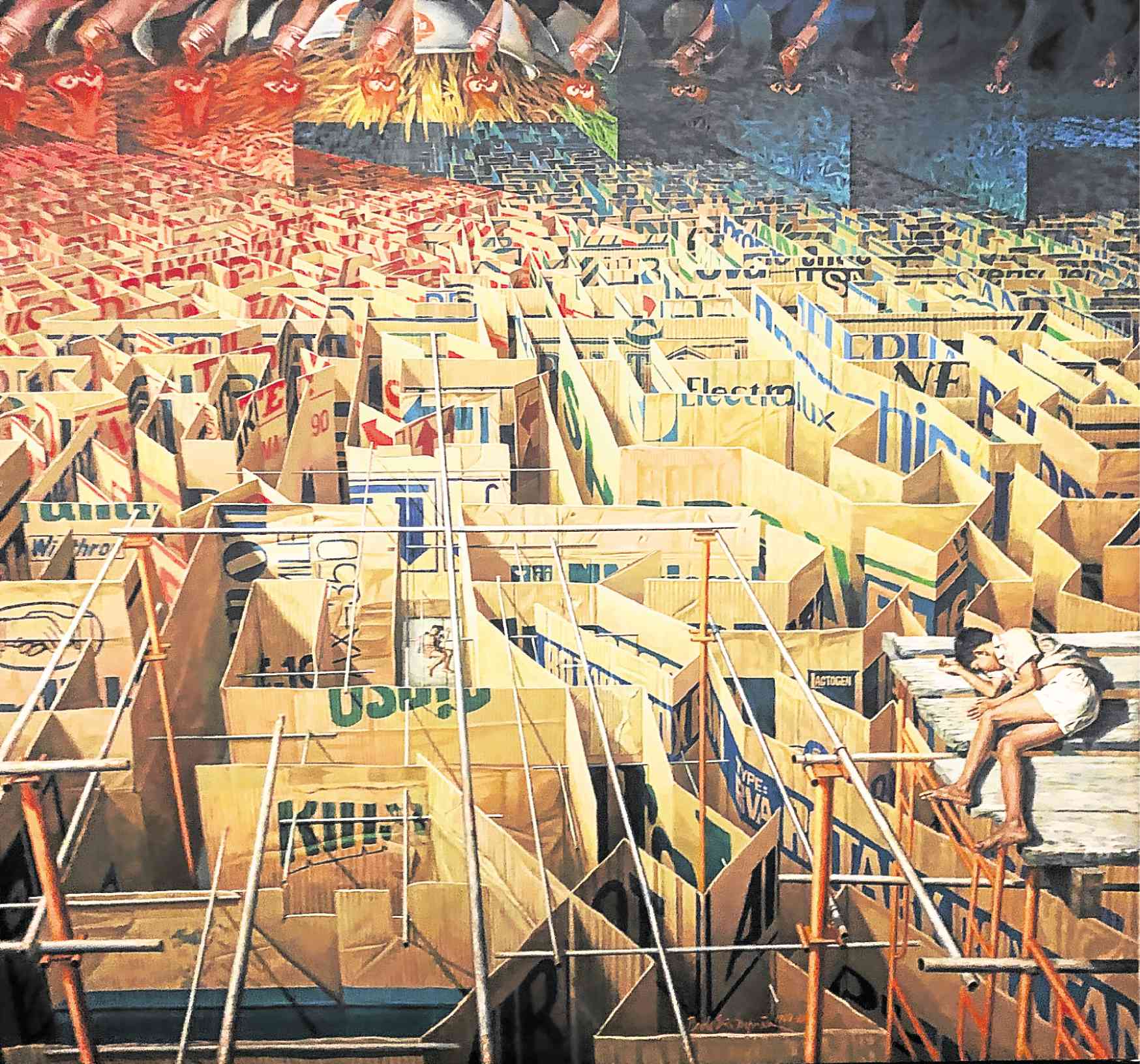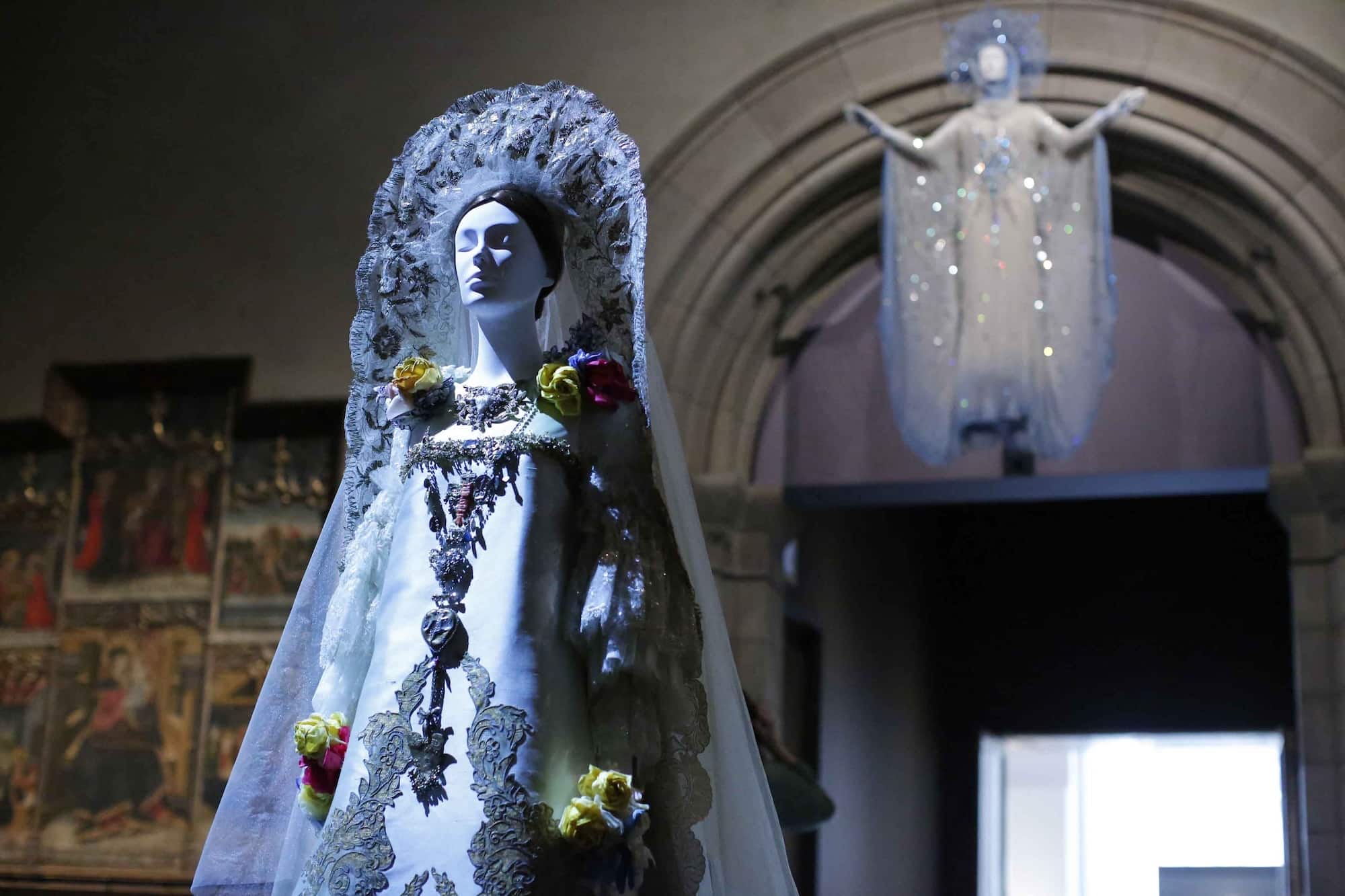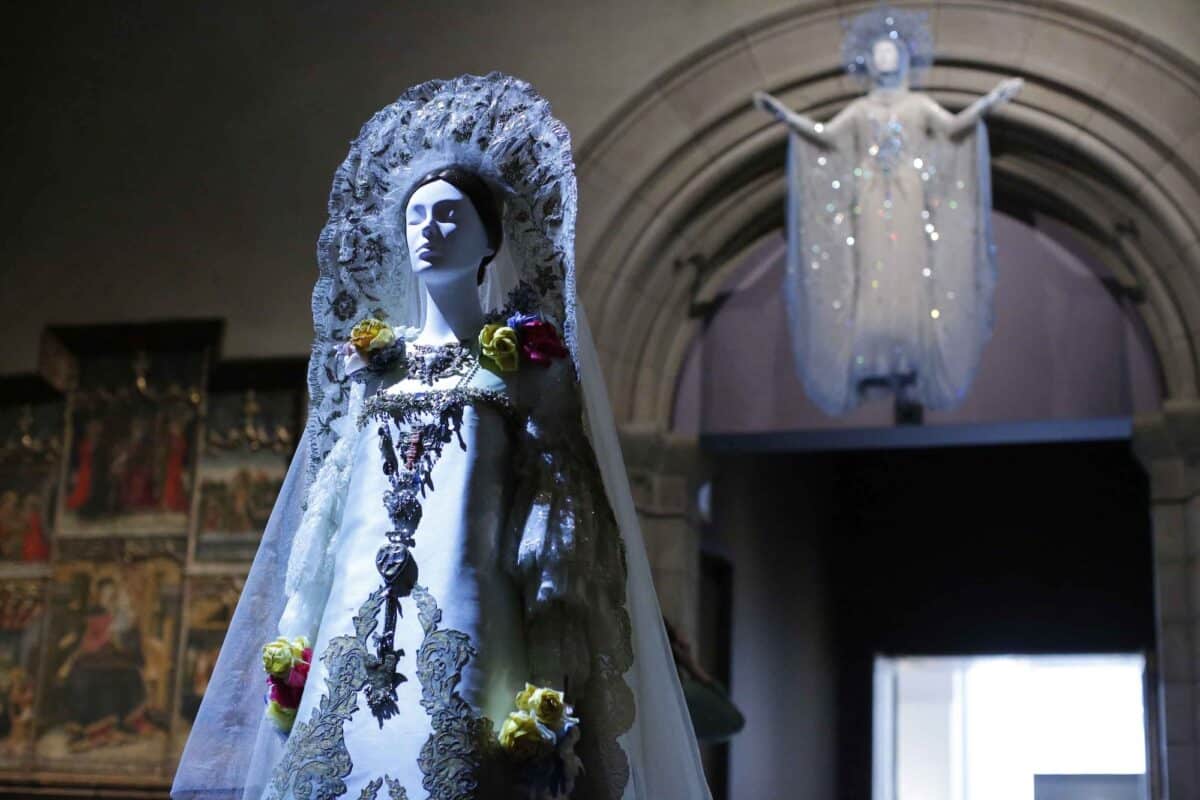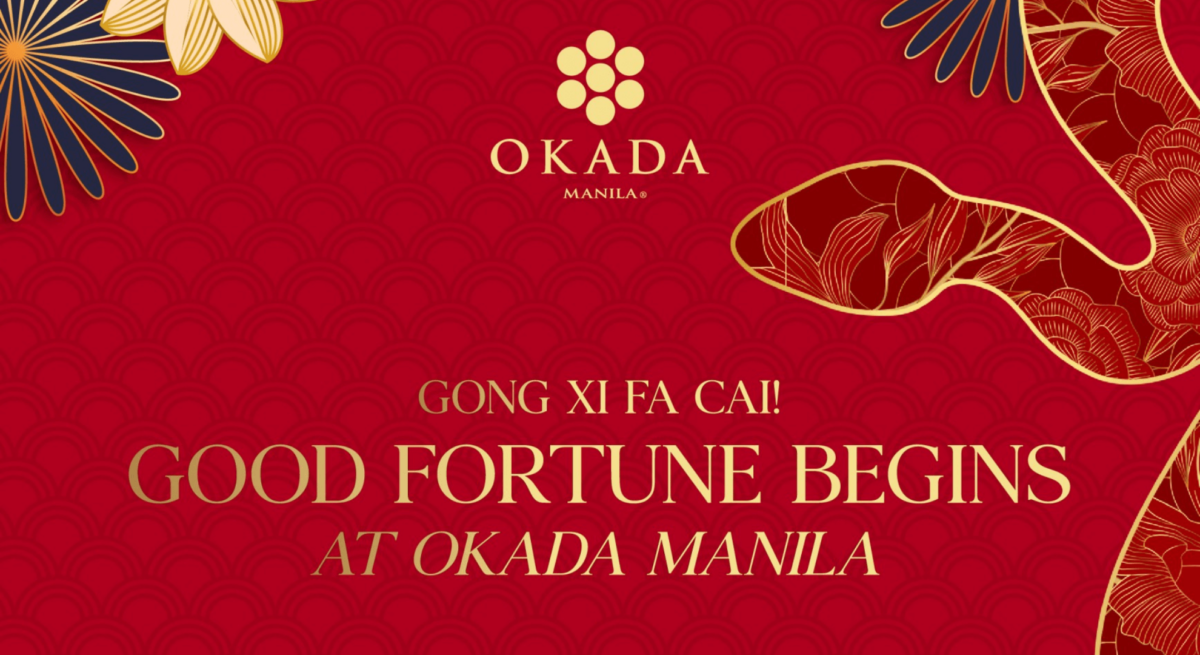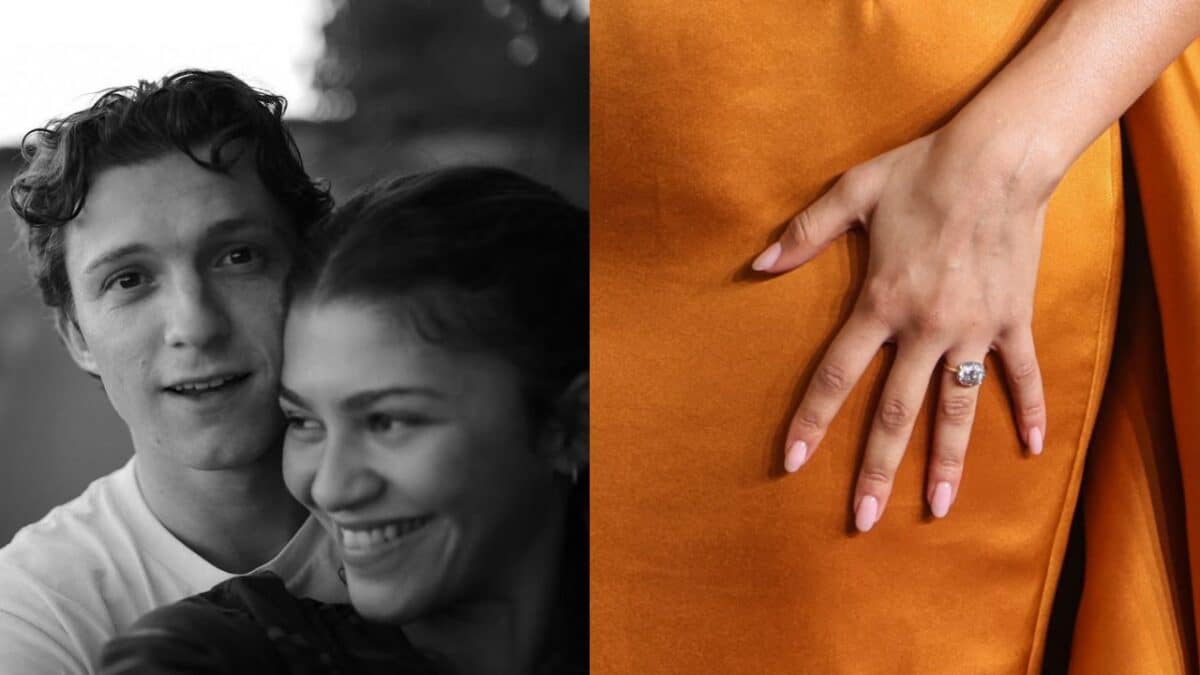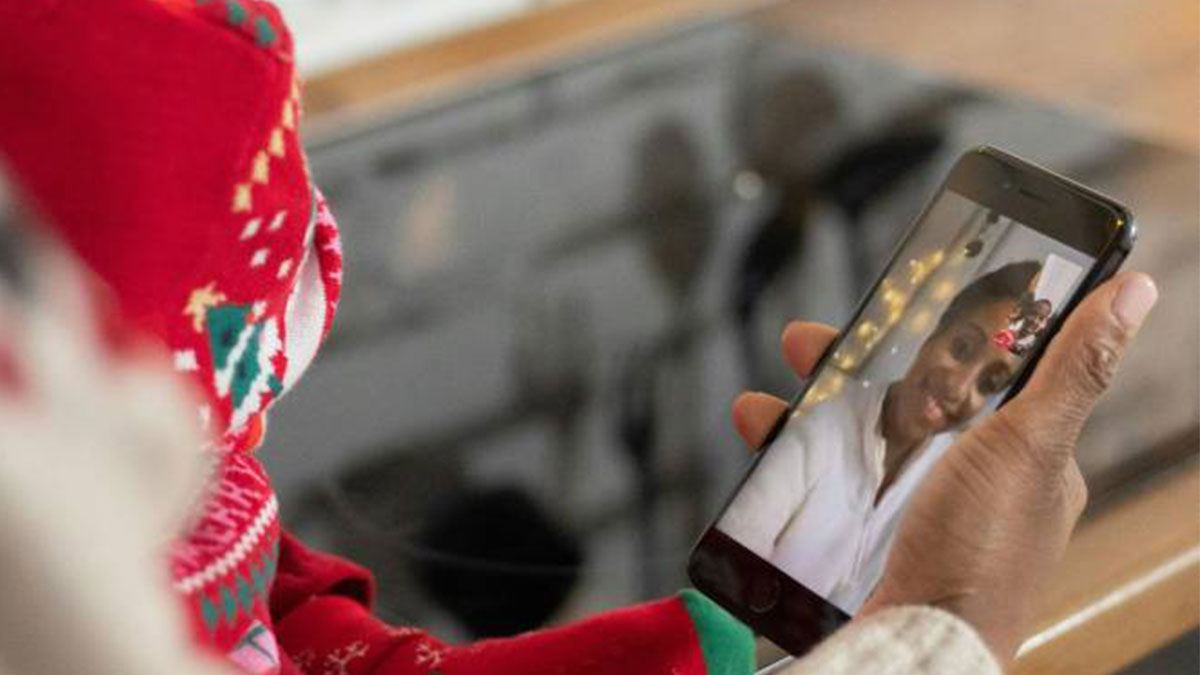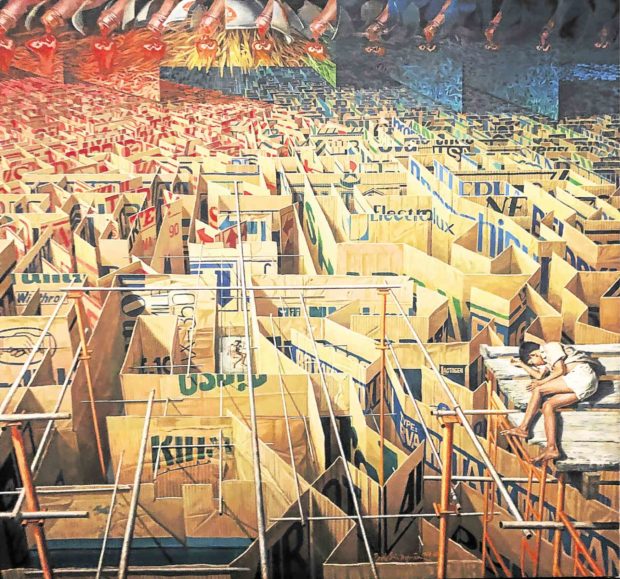
National Gallery Singapore’s (NGS) “Awakenings” is an exhibit of socially engaged and political-activist art from Southeast Asia, Japan, Korea and India from the politically charged decades of the 1960s up to the 1990s.
The period saw Asian artists trying to respond in visually exciting, if provocative, ways to the challenges and crises unleashed by nationalism, ideology, modernization and democratization.
Collaborating in the huge
exhibit are NGS, Museum of Modern Art Tokyo, Museum of Modern and Contemporary Art Korea and Japan Foundation Asia Center.
Subtitled “Art in Society in Asia 1960s-1990s,” the exhibit surveys postwar Asian artmaking via 142 socially provocative works by more than 100 artists from 12 countries in Asia.
The title refers to “artistic awakenings” or “heightened awareness” of how art and geopolitics, artist and society, intersect, said organizers.
“Awakenings” chronicles the turbulent period through a “transnational artistic lens,” showing a wide array of “experimental practices” in Asia, said curator Adele Tan.
Co-curator Charmaine Toh said the exhibit should underscore the “connections and resonances” aesthetic responses to social conditions and issues in Asia.
The exhibit’s three sections —“Questioning Structures,” “Artists and the City,” and “New Solidarities”—illustrate Asian artists’ growing social engagement in order to question dominant and often unfair power structures in society.
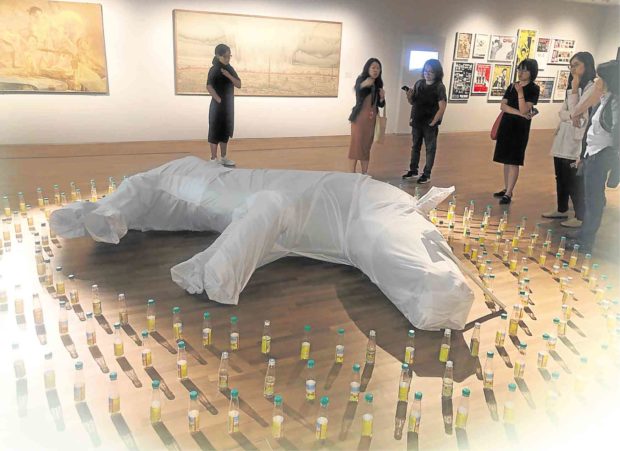
They also show how artists foster solidarity between themselves and with the people.
Aesthetic movements addressing social concerns continue to be relevant today, said Tan.
Challenging the old guard
The 1960s saw many Asian artists challenging the artistic establishment and conventional aesthetics.
The clash between the old and the new is presented in Lee Seong-taek’s “Burning Canvases Floating on the River” (photograph, digital print on vinyl).
The work records Lee’s defiant gesture in 1964 of casting adrift three figurative oil paintings on the Han River and setting them on fire.
The act challenged the old guard of Korean art and represented Lee’s desire to break free from the thralldom of the past.
Material experimentation is reflected in Lee Ufan’s “Relatum,” a 1969 minimalist sculpture remade in 1988.
The Japan-based Korean artist is the leading theorist of the Japanese Mono-ha (School of Things) movement. In the very unique work, he pits soft cotton against hard steel, with the thick cotton framing the steel plate, creating the paradoxical impression of weightless steel.
“Instead of making conventional images and objects, Mono-ha artists explored materials and their properties in reaction to what they saw as the ruthless development and industrialization of Japan,” the exhibit notes.

Ho Chung-Hyun’s “Springs on Panel” is a large 1973 work.
From a distance, the painting looks like an abstract urbanscape but upon closer look, one finds that the geometic composition is made up of a network of industrial springs that provide three-
dimensional texture and a charming dynamism to the work.
Consumerism, materialism
An intertextual work referencing Korea’s medieval past and linking it to its consumerist present is Oh Yoon’s “Marketing 1: Hell,” a mixed-media-on-canvas satirizing the Joseon-era Buddhist work, “Painting the Ten Kings,” which depicts souls tortured in hell.
The 1980 painting presents Korea’s rampant consumer culture as a version of hell, where consumer brands such as Maxim fashion, CX3 gasoline and Coca-cola become instruments of torment.
Oh is a leading member of the Reality and Utterance movement, established in Seoul in 1979 among artists and intellectuals casting a critical eye on society.
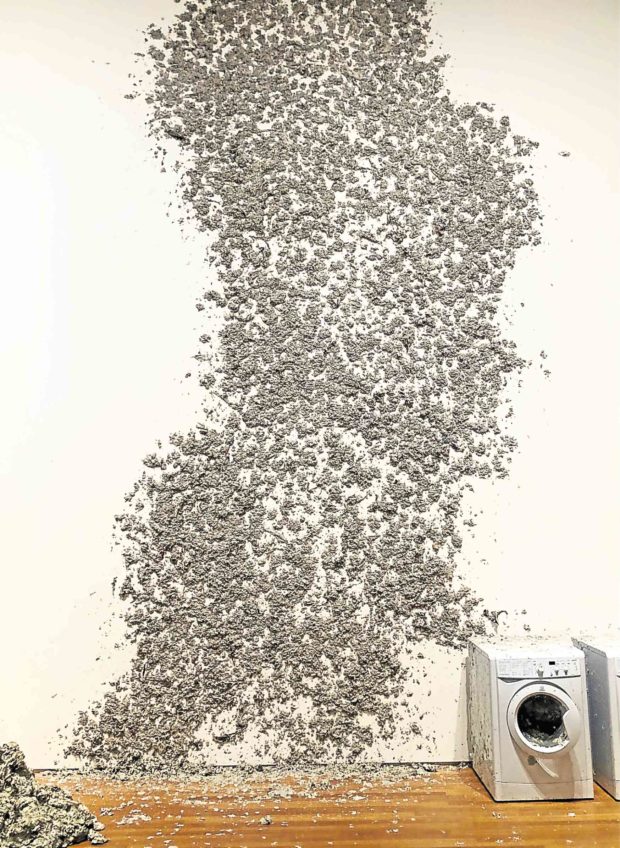
Evincing self-criticism, Oh includes himself and other intellectuals and artists in hell, “for failing to resolve the contradictions of materialism,” the exhibit notes.
Urbanization, displacement
Rapid industrialization and urbanization resulting in the displacement of traditional spaces of community life may be the theme of Korean Lee Kang-So’s “Disappearance—Bar in the Gallery,” an installation originally mounted and performed at Myeongdong Gallery in Seoul in 1973.
In the work, Lee subverts the conventional “white cube” art gallery by putting up a “chumak” (traditional Korean bar) where people could serve one another their favorite “makgeolli” (rice wine) and chat freely.
Set up at the height of the Park Chung-hee dictatorship, the bar served as a magnet to attract people and make them assemble and talk to one another, providing a democratic space amid an authoritarianism that did not tolerate dissent or even democratic discussion.
The Singapore exhibit notes that “Disappearance” is “an early example of participatory art (that) overturned the boundary and position of the artist and audience.” It adds, “‘Disappearance’ in the title refers to the temporary experience of daily life, which is fated to disappear over time.”
But the experience of daily life is relived and the participatory dimension of Lee’s work is enhanced at the NGS, which invites gallery-goers every weekend, 12 noon-4 p.m., to “pull up a seat” and “share food, drink and convivial conversation with family and friends.”
Gwangju Uprising
A more overt political work is Hong Sungdan’s woodblock prints, “5.18 Series—Early Morning.” The numerals refer to May 18, 1980 when the Gwangju Uprising broke out in protest of the South Korean dictatorship.
The 50 prints (45 x 54 cm) depict the events from the uprising to its violent suppression that resulted in at least 600 people killed.
A most striking work is Singaporean Tang Da Wu’s “They Poach the Rhino, Chop off his Horn and Make (of it a) Drink,” a 1989 work which combines installation, performance, and ritual.
Said to have been originally staged at the Singapore Zoo, it depicts the poaching of rhinoceros, which is much prized for its horn for its alleged medicinal properties, an ancient Oriental belief.
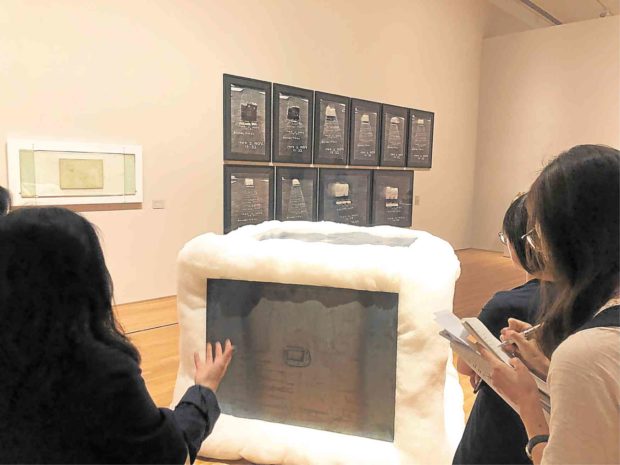
The installation depicts the fallen animal (made of linen) sans its horn, surrounded by empty medicine bottles. The missing horn is beside an altar around where, in the video of the original performance, Tang performs a ritual of propitiation to appease the mammal’s spirit. He later smashes the bottles to avenge the slaughter.
The work shows how consumerism contributes to the decimation of the environment and near extinction of an animal species.
Realism, syncretism
Indonesian Dede Eri Supria employs photorealism in “Labyrinth,” a large 1987-1988 oil-on-canvas. The maze is in the form of unpacked cardboard boxes of popular consumer brands stretching endlessly. There’s no sign of life except for two boys sleeping in a feeble fetal position on construction wood planks.
The huge 207 by 227.5 cm work is a trenchant critique of the widened social disparity that ensues from free-wheeling capitalism and urbanization.
Philippine cultural syncretism is presented in Jose Tence Ruiz’s “Erding Erdrayb at ang Kanyang Palasyong Agaw Tanaw” (Erding the Driver and his Eye-Catching Palace”), which combines painting, sculpture and assemblage.
The work evokes the jeepney and its overkill décor and flamboyant colors. Filling every inch of space of the work are symbols of wealth, power, religion and consumerism.
Dollar bills connote capitalism, materialism, imperialism and socioeconomic iniquity all at the same time. Bandaged mouths, ears and eyes symbolize censorship and repression.
A mannequin with the phone as its head indicates technological addiction and bondage. All of these icons of servitude serve as the Filipino everyman’s “Palace” of broken dreams.
“Awakenings: Art in Society in Asia 1960s-1990s” will run until Sept. 15.

